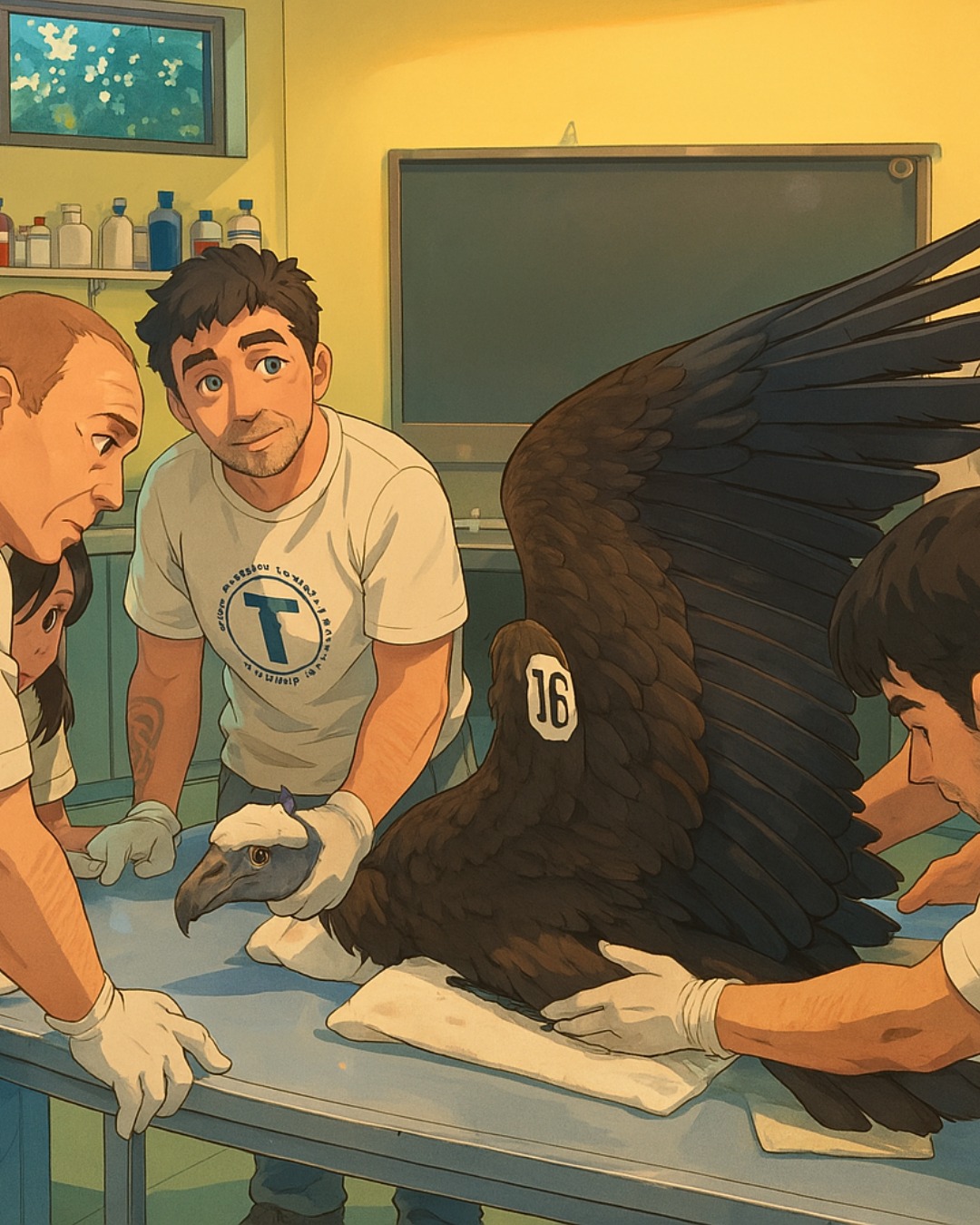- Exploration of the role of AI in wildlife conservation and its capacity to replicate environments.
- The long-term efforts and human endeavors involved in real-world conservation projects.
- Challenges and successes in zoo management and the impact on wildlife preservation.
- The significance of collaborative efforts in conservation, highlighting partnerships and community engagement.
- The balance between technological advances and traditional conservation methods in achieving sustainability.
Artificial intelligence (AI) has increasingly penetrated various aspects of modern life, including the area of wildlife conservation. AI’s ability to recreate certain aspects of environments is noteworthy, but the genuine preservation of these systems requires years of dedicated conservation efforts. The intricate dance between AI’s capabilities and the reality created through hard labor presents a fascinating dynamic worth exploring.
AI in wildlife conservation plays a multifaceted role. It helps model ecosystems, predict changes, and optimize resource allocation. Advances in machine learning algorithms have allowed AI systems to analyze vast amounts of environmental data. They spot trends and provide insights into species’ population trends, habitat use, and even health assessments. However, while AI can mimic certain aspects of ecosystems, it cannot replace the real environments built and maintained by years of conservation work. Real landscapes are dynamic and composed of numerous biotic and abiotic factors that AI simulations can struggle to capture fully.
Years of laborious conservation efforts are what genuinely preserve wildlife and ecosystems. Conservationists must engage in activities such as habitat restoration, species reintroduction, and biodiversity monitoring. These efforts require collaboration from scientists, local communities, and policymakers, emphasizing the importance of interdisciplinary approaches to conservation.
Zoo management is a critical arena for wildlife conservation, where the balance between technology and traditional methods plays out. Zoos are no longer mere places for public entertainment; they are institutions of conservation and education. By implementing breeding programs, zoos increase the genetic diversity of endangered species. They also engage with the public to raise awareness about environmental issues. Technologies enhance these efforts, providing tools for managing enclosures and monitoring animal health, yet the human touch in day-to-day care and decision-making remains indispensable.
Collaborative initiatives between zoos, conservation organizations, and governments highlight the importance of working together toward a common goal. Projects that involve releasing zoo-bred animals into the wild must coordinate with local communities and strive to minimize any negative impact on human-wildlife interactions. Community engagement ensures that conservation initiatives are sustainable, providing locals with tangible benefits, whether through jobs, education, or ecotourism opportunities.
Striking the right balance between leveraging new technologies and utilizing traditional conservation methods is crucial. While AI can model situations and supplement decision-making, hands-on efforts in habitat restoration or species protection are irreplaceable. Technologies themselves are ever-changing, so their integration into conservation practices must be adaptive.
This ongoing dialogue between AI capabilities and conservation endeavors reflects a deeper truth: preserving wildlife and ecosystems demands a combination of innovation, dedication, and collaborative spirit. It’s through this balance that we can look toward a more sustainable future for our planet. Conservation is no quick fix; it’s a long-term journey where every tool, whether technological or traditional, plays a critical role in steering our world toward environmental sustainability.
*****
Source Description
La IA puede recrearlo, pero es la realidad que construimos con años de trabajo en conservación. 💚
Gracias por ser parte de este camino.


